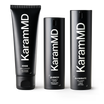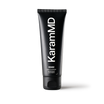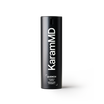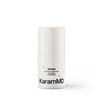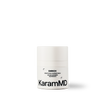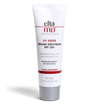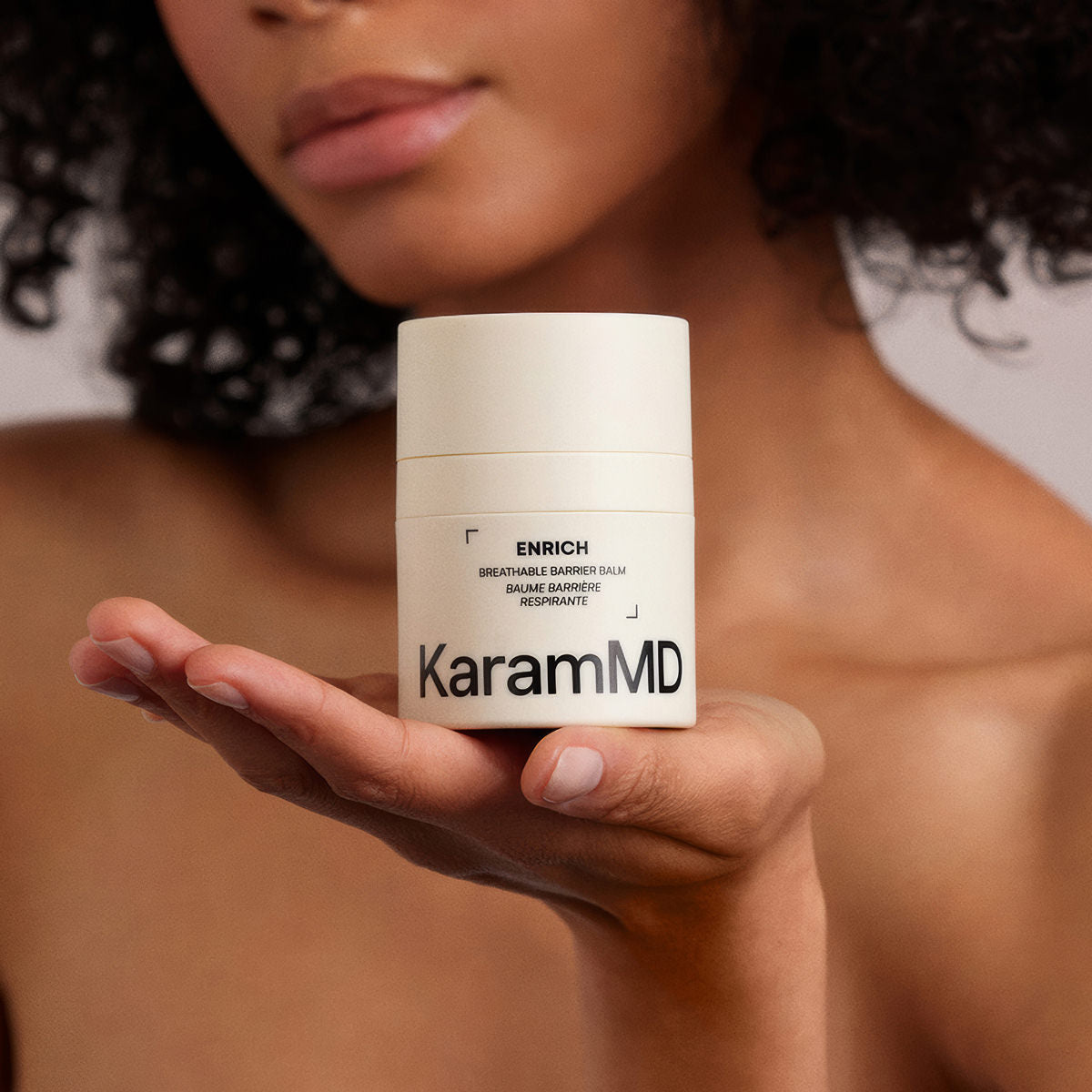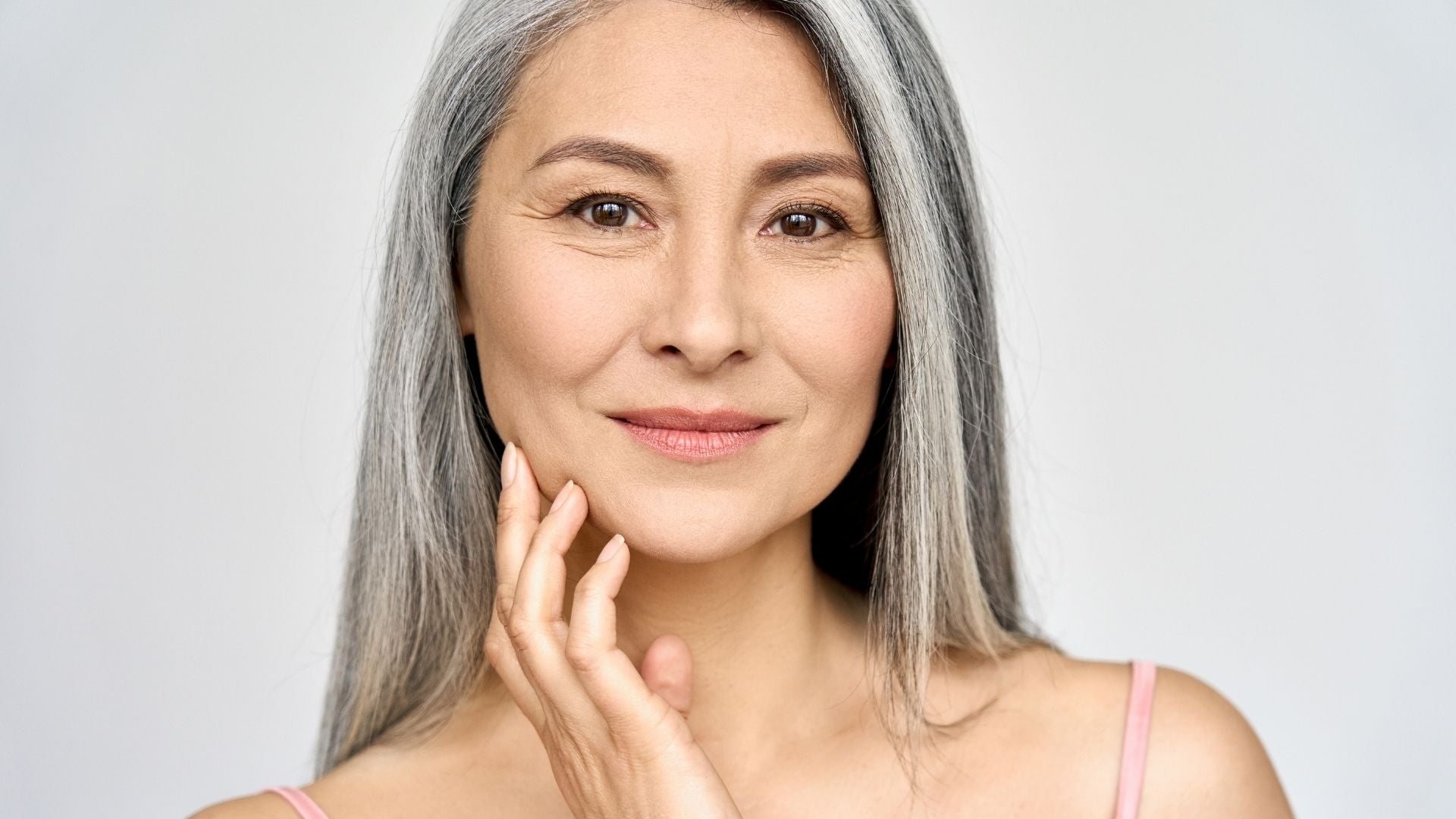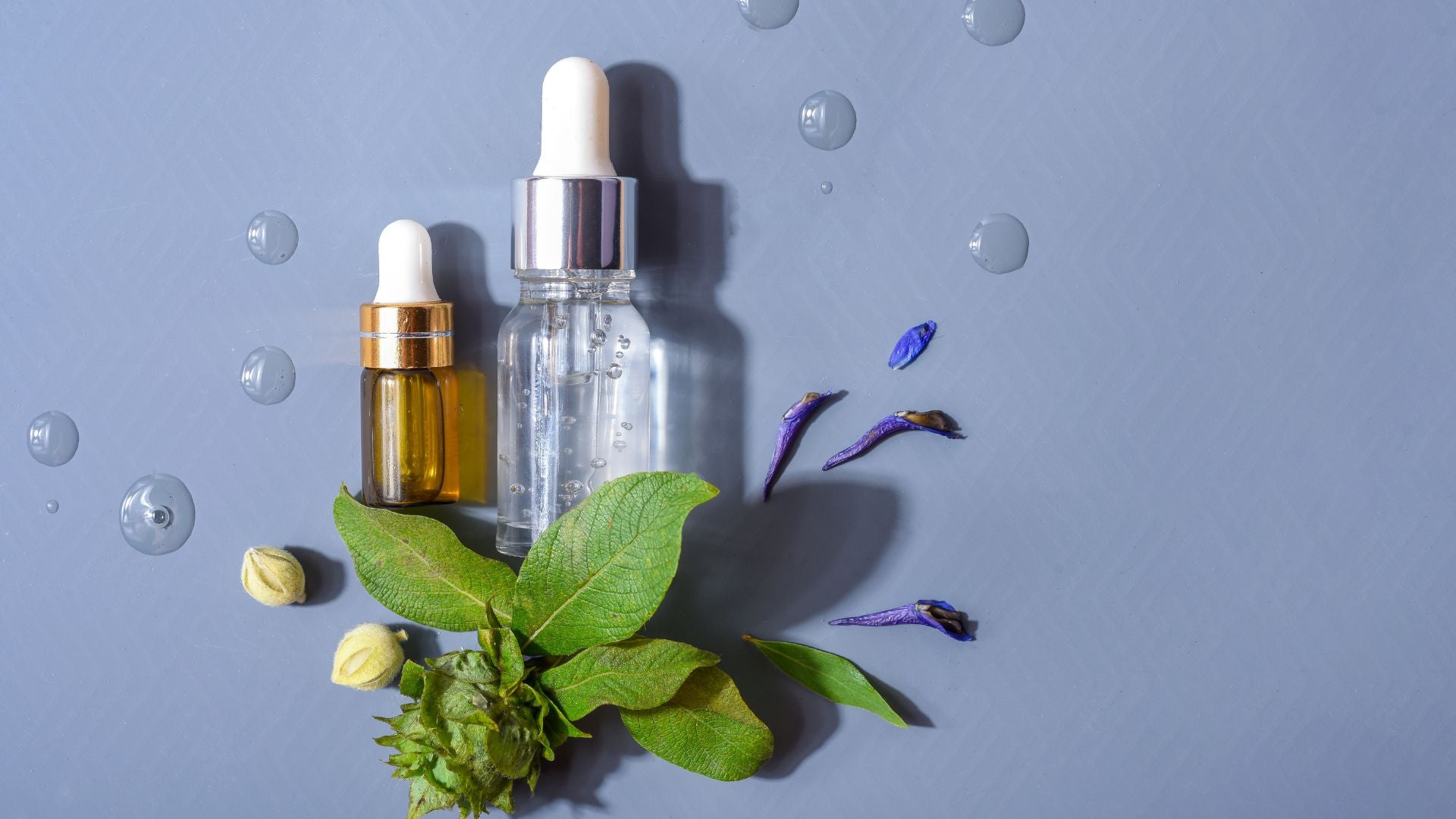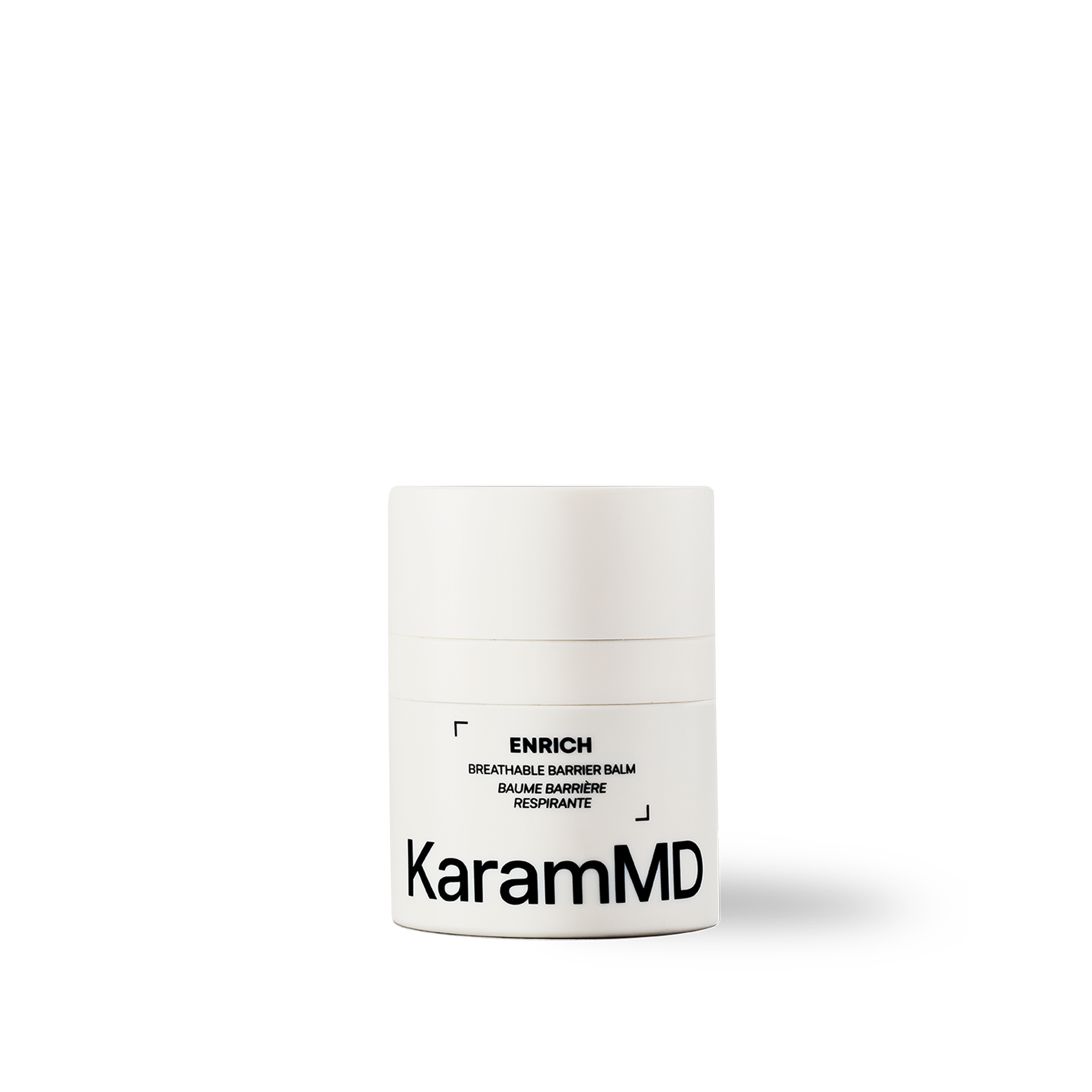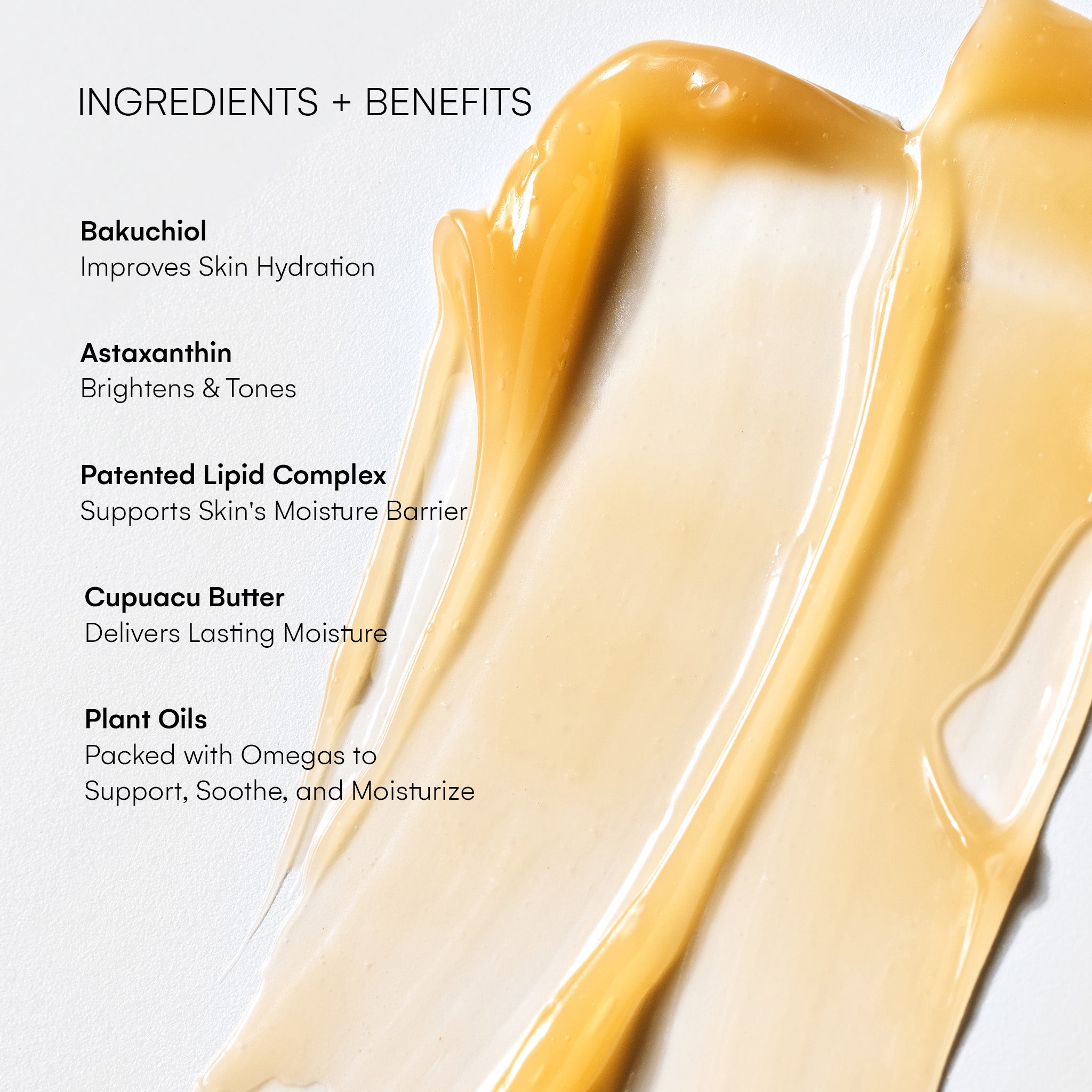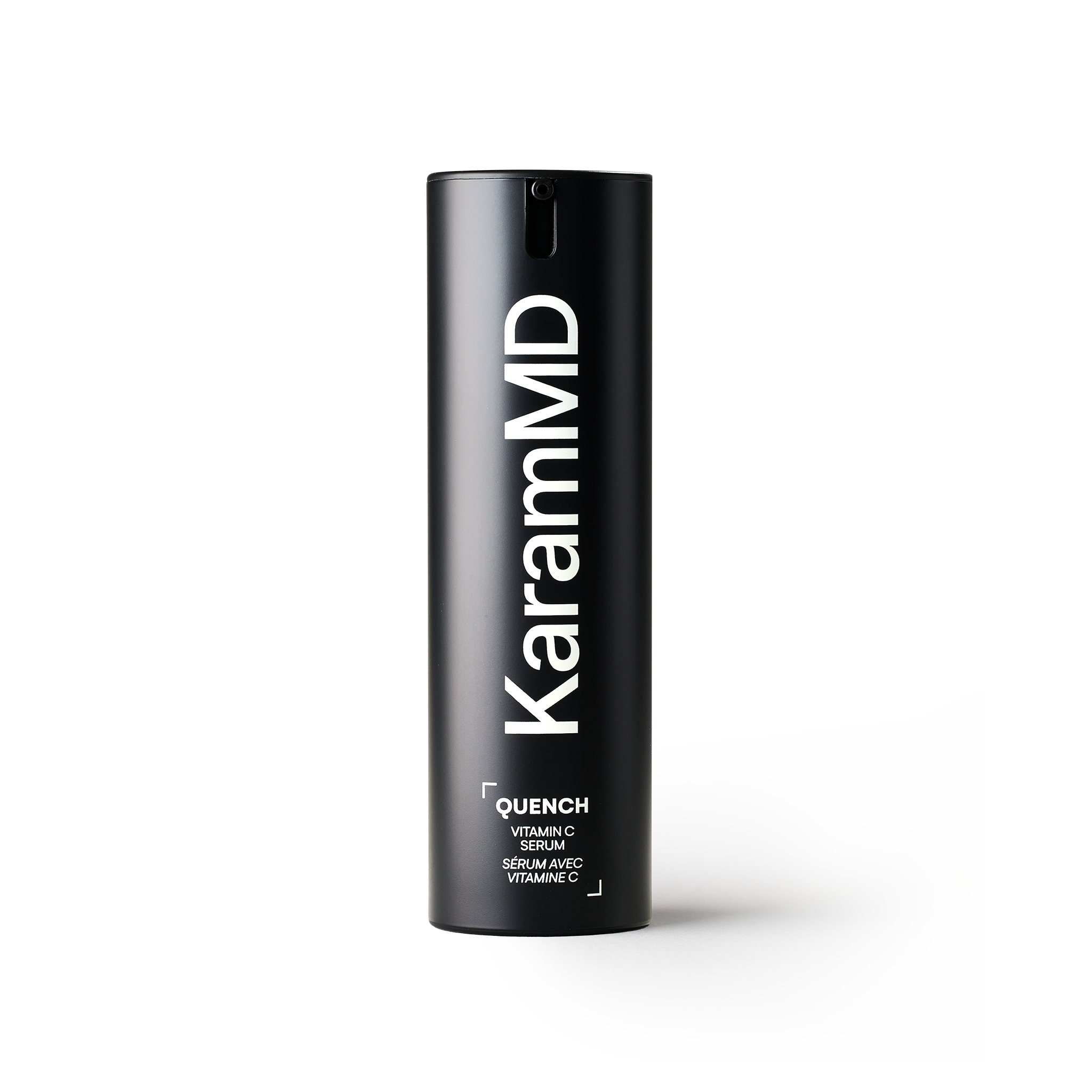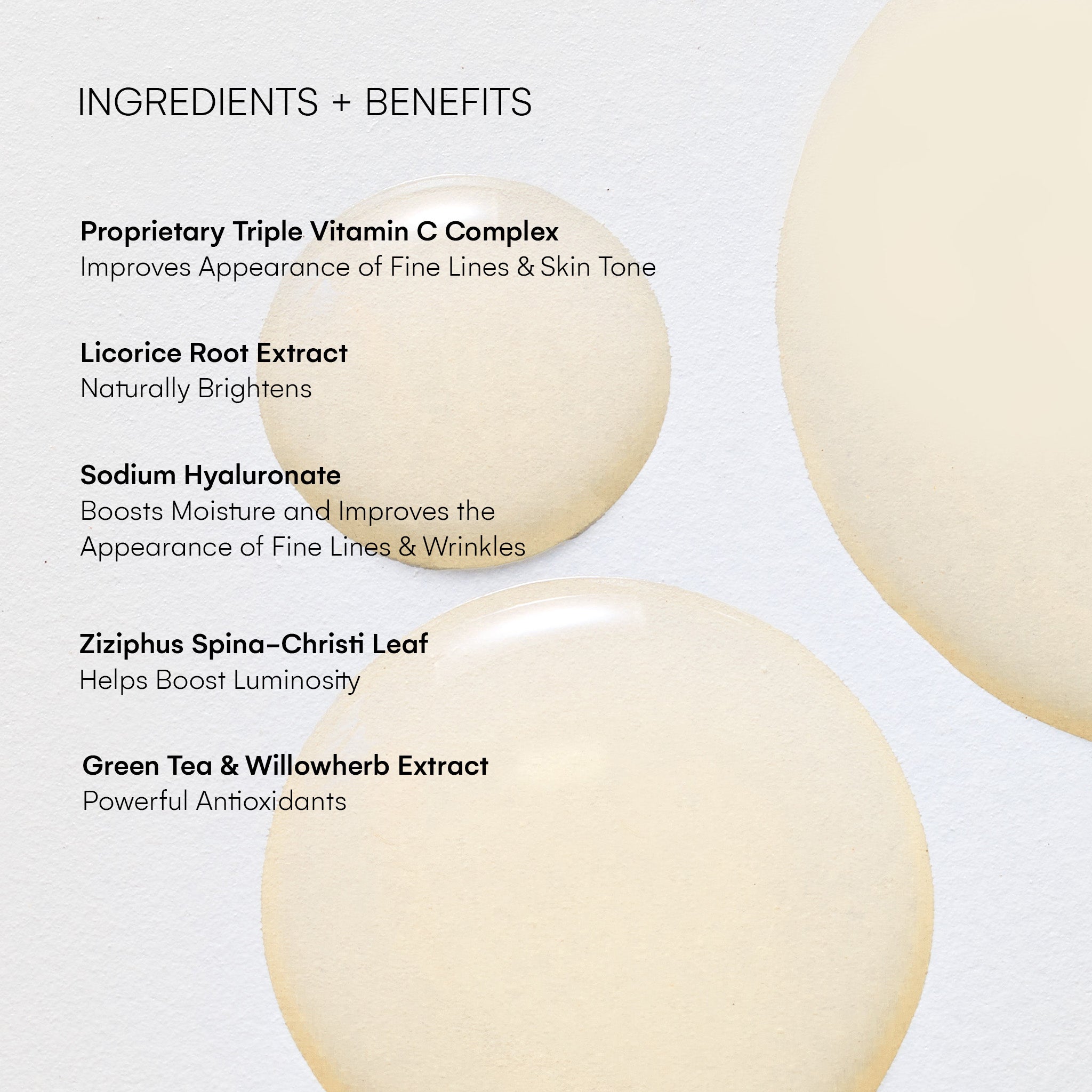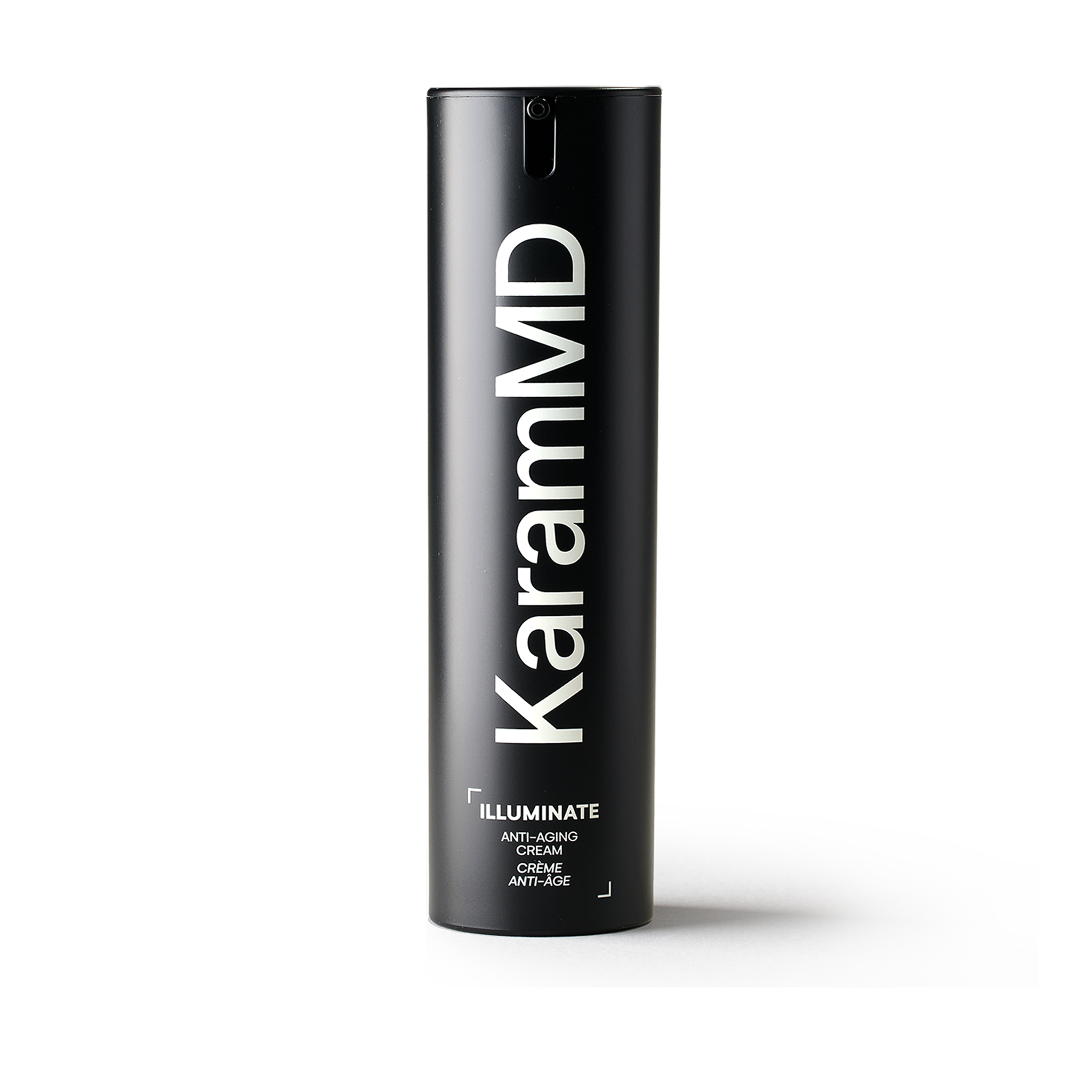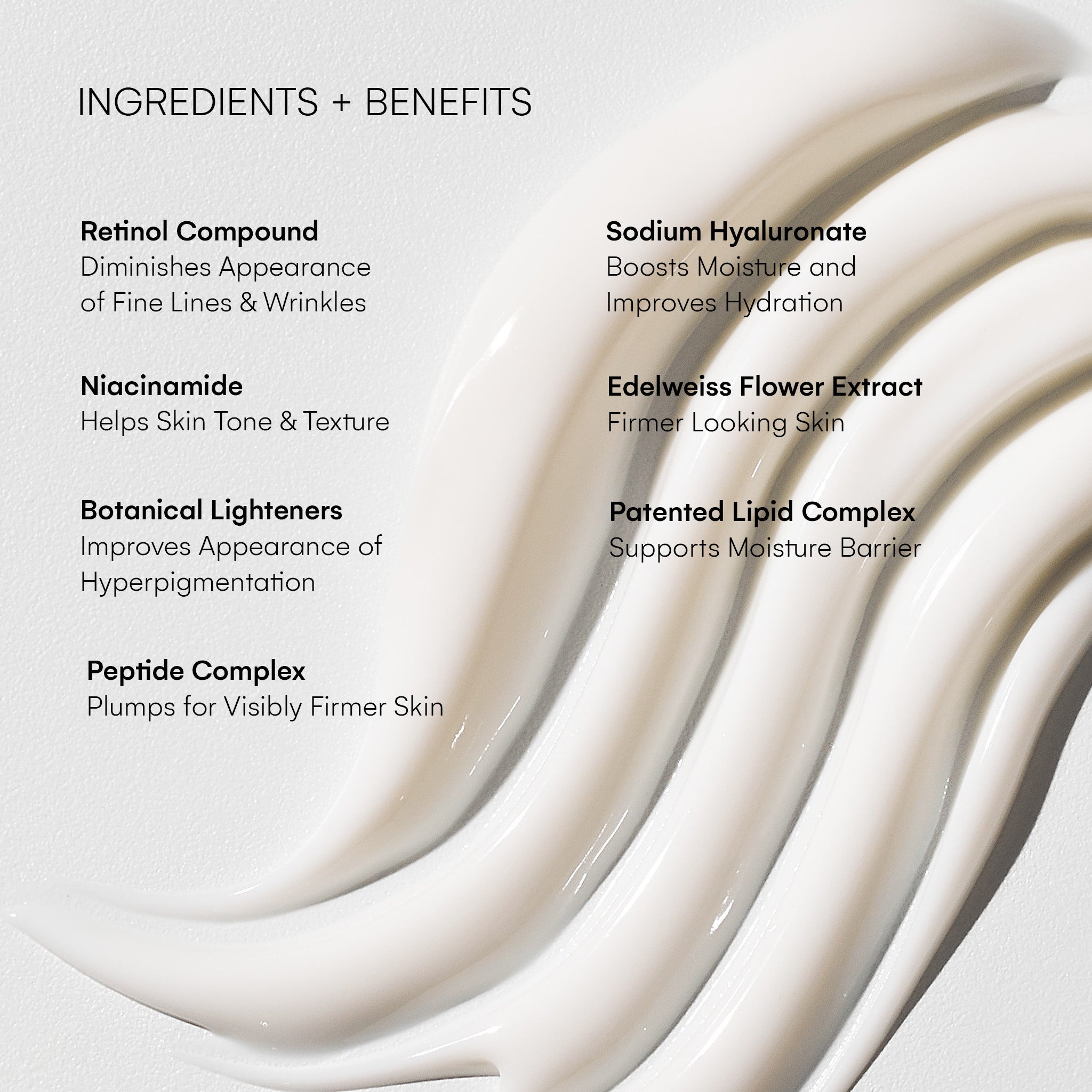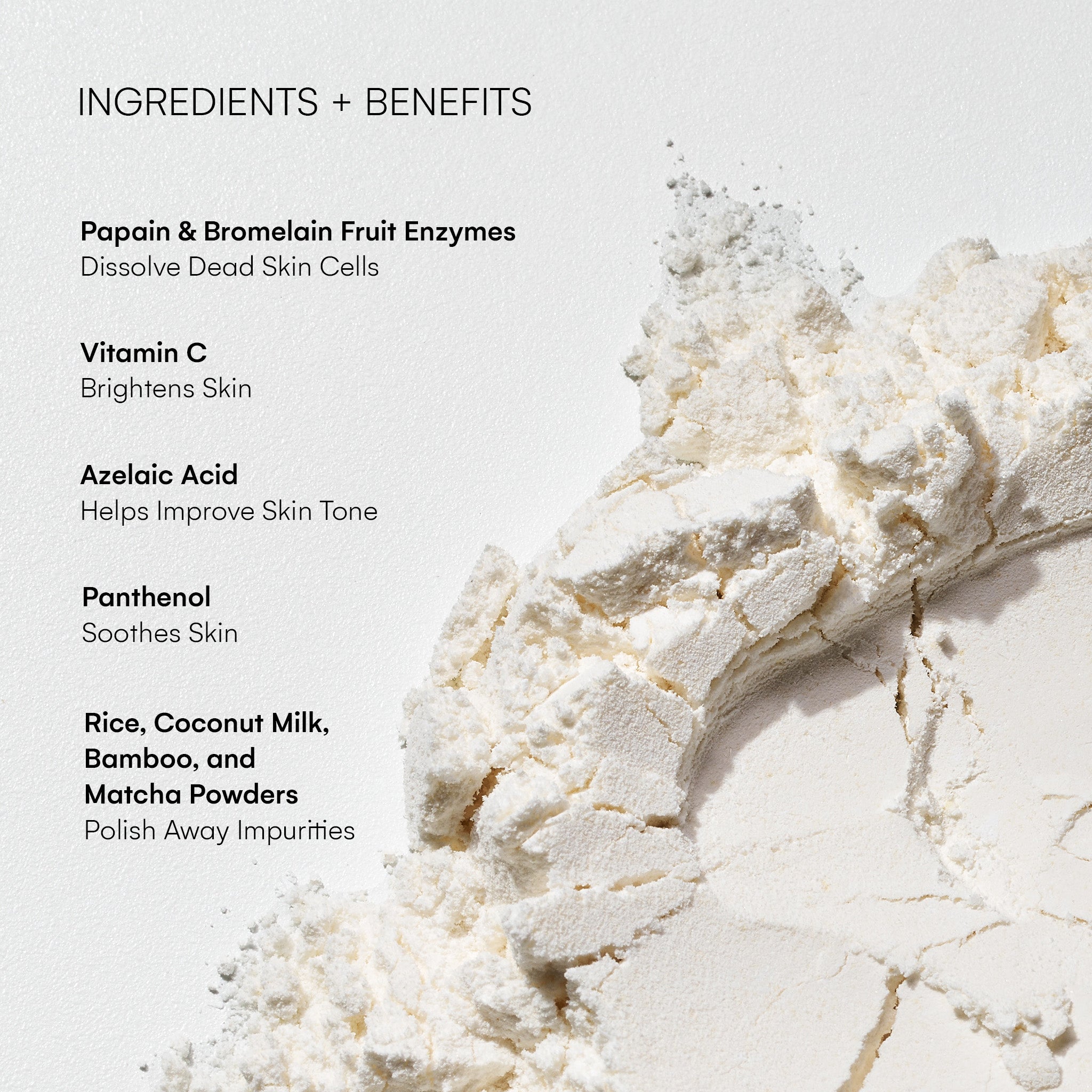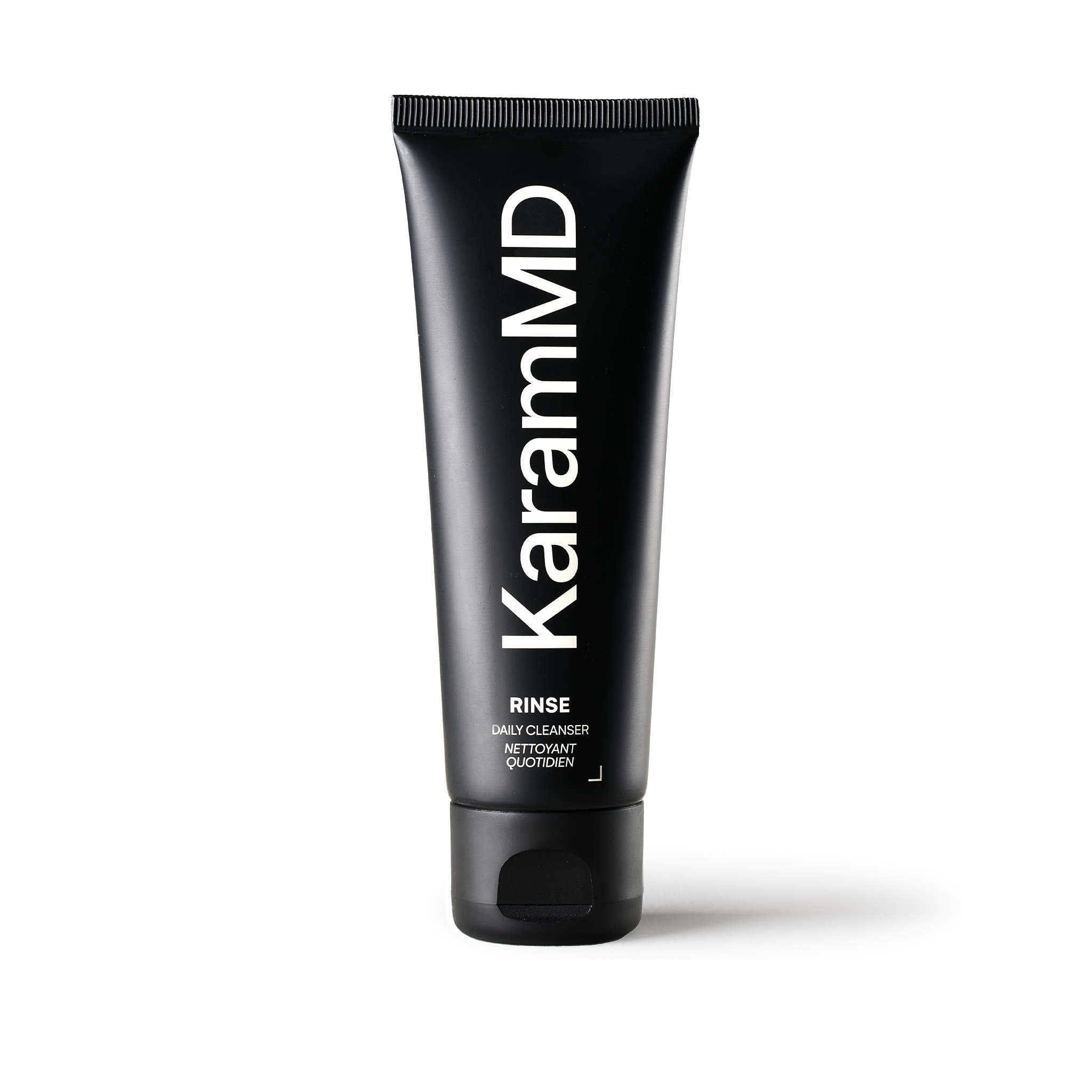We're constantly inundated with various skin care products promising to turn back the hands of time or magically make dark circles, puffiness, and wrinkles vanish. One such product is eye cream. But is this specialty product really necessary in your anti-aging skincare routine? Or is it just another pricey addition to the skincare industry's marketing ploy?
Understanding the Skin Around Your Eyes
Before we can debunk the myth of eye cream, it’s vital to understand the nature of our skin around our eyes. Your eye area skin is indeed just skin, albeit a bit thinner. It's estimated to be approximately 0.5mm thick, compared to the rest of the facial skin, which is about 2mm thick. This makes the eye area skin appear more translucent, leading to a heightened visibility of the blood vessels underneath, contributing to the common problem of dark circles.
Similarities and Differences with Other Skin
Despite its thinness, the skin in our eye area is not fundamentally different from the skin on the rest of our faces. Both types of skin share the same basic structure: the epidermis (outer layer), dermis (middle layer), and subcutaneous layer (innermost layer). They contain the same types of cells and serve the same basic functions – to protect our bodies from the outside environment and regulate temperature and moisture.
However, the thinner eye area skin is more susceptible to external damage from UV radiation, environmental pollutants, and mechanical strain, such as rubbing your eyes. But it's important to note that while it's thinner and more vulnerable, the treatment it needs is not so different from the rest of your facial skin.
Eye Area Anatomy & Aging
Expanding on our understanding of the eye area distinct characteristics, it's clear that the impacts of aging on the eye area skin are in line with the rest of the face. However, the eye area is subject to unique anatomic transformations that cannot be remedied by even the most potent creams or serums. So what exactly happens as we age?
As the upper and lower eye area regions mature, fat loss occurs, leading to a hollow appearance and the ensuing manifestation of dark circles. This hollowing effect gives the eyes a gaunt and weary look that a topical solution simply cannot resolve.
Moreover, puffiness is a common issue, which is a result of orbital fat protruding forward, leading to noticeable bags or puffiness under the eyes. And to further complicate matters, the eye area skin, both upper and lower, starts to reveal signs of excess skin with time.
Unfortunately, these age-related changes are not susceptible to being "rubbed away" with creams or serums, no matter how enriched with active ingredients. These conditions necessitate more advanced interventions, such as surgical procedures like blepharoplasty, to remove excess skin and fat pads. For addressing volume loss, treatments like dermal fillers or fat transfer procedures may be required.
Therefore, it's important to set realistic expectations for what topical skincare can achieve. While a quality, and consistent skincare routine can do wonders for the skin's surface and overall health, some age-related changes go beyond its reach and may require professional medical interventions.
Essential Ingredients for the Eye Area
The question of which ingredients are vital for maintaining youthful, vibrant skin around our eyes has a straightforward answer: the same ones needed for the rest of the face. While the eye area skin is indeed more delicate and may thin more rapidly due to its inherent thinness and the inevitable collagen loss that accompanies aging, it requires the same active ingredients as the rest of the facial skin.
These active ingredients, which are key to counteracting the signs of aging, include:
- Retinol
- Vitamin C
- Hyaluronic Acid
- Niacinamide
- Ceramides
- Peptides
These powerhouse components stimulate the skin cells' production of collagen and gradually thicken the skin, an essential strategy in managing the signs of aging.
Contrary to what the marketing campaigns of eye creams would have you believe, these crucial active ingredients are often missing from their formulations. The reality is that most eye creams are essentially just moisturizers. While they may temporarily plump up the skin, creating an illusion of youthful freshness, they fail to prevent aging or actively restore the skin at a deeper level. Therefore, it's essential to look for skincare products—regardless of whether they're labeled as facial creams, serums, or eye creams—that contain these pivotal active ingredients.
While it's undeniable that these ingredients are indeed beneficial for skin health, the assertion that they are exclusive or more effective in eye creams is misleading. These potent active ingredients are present in a wide array of facial products, including creams and serums, indicating that there's no exclusive advantage in obtaining them through eye creams.
Common Misconceptions Around Eye Cream
Myth 01.
"Eye creams are formulated for gentler, delicate skin found around your eyes."
The fact of the matter is that all skincare products should be gentle and non-irritating, regardless of the area they're intended for. High-quality skincare products are designed to be hypoallergenic, non-comedogenic, and sensitivity-tested, making them safe for use even around the sensitive eye area. Hence, the argument for eye creams as a gentler option loses ground.
Myth 02.
"The skin around our eyes necessitates a lighter, more easily absorbed product."
This claim doesn't hold up when considering how skincare absorption actually works. The thickness of the skin doesn't dictate absorption levels; instead, it's the ingredient molecule size and formulation that determine absorption efficacy. A facial cream or serum that is well-formulated with the appropriate molecular size of active ingredients will absorb and work as effectively on the eye area skin as on the rest of the face.
An Unjustified Price Tag
When evaluating the cost-effectiveness of eye creams, it becomes crystal clear that they're an unjustifiable investment. More often than not, eye creams come with a hefty price tag, offering a much smaller quantity compared to other skincare products. Considering that the touted active ingredients in these eye creams can be found in a range of other skincare products, it's evident that eye creams are a luxury rather than a necessity.
Rethinking Eye Creams: The Verdict
Even though eye creams are obviously not harmful to your skin, they can be harmful to your wallet! Simply put, they are far from being an essential requirement in an anti-aging skincare routine. By analyzing the nature of the eye area, we have established that its needs are identical to the rest of the face. The ingredients that maintain healthy, youthful, and vibrant skin are the same, irrespective of whether they are in an eye cream or a general facial skincare product.
Invest in Real Results
In essence, an effective anti-aging skincare routine shouldn't be complex or excessively costly. This guiding principle is at the heart of KaramMD Skin's product development. For instance, our 3-step Trifecta--encompassing the Rinse Daily Cleanser, Quench Vitamin C Serum, and Illuminate Active Anti-Aging Cream--is expertly crafted to meet all your skincare needs, for your face, eyes, and neck.
These products encapsulate all the vital active ingredients previously mentioned, simplifying your routine while ensuring efficacy.
So, rather than spending on unnecessary, expensive eye creams, it is advisable to invest in effective skincare products that can cater to the needs of all facial skin, including the eye area.
In the end, what matters the most is using the right active skincare ingredients and using them consistently for real results.


